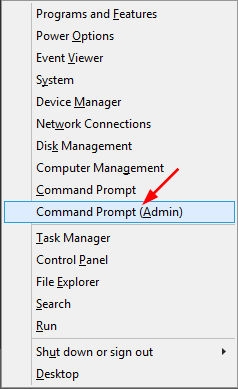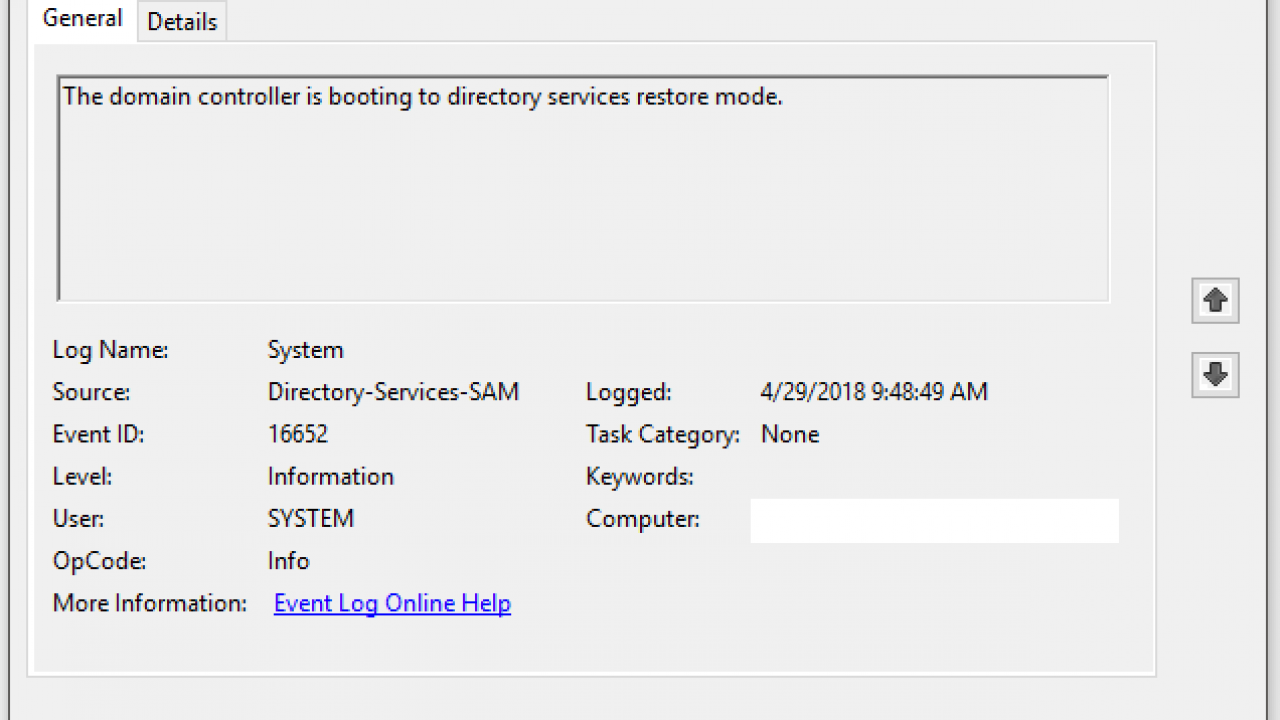
The bad news is that after restoring that 30 day old Image backup it will mean our restored system is 30 days out of date, including our Active Directory, Registry, applications and files this is only because we had scheduled the Image backup job to run once a month and that means the age of the Image backup is exactly 30 days old at this point by the time we restore the Image backup to our server.

The good news is that we can restore the server from our Image / DR backup and get this server up and running. This means that we have a 30 day old Image backup and good file based backups that are much newer, and those are showing as 1-2 days old at the time of the Windows server dying. The single Image backup (Full mode) job was scheduled to run once a month, the File Backup (Full mode) was set to run once a week, and the File Backup (Differential mode) was set to run every day. Luckily using NovaBACKUP Server or Business Essentials software, we had performed both Image backups and File Backups (including System State - AD, Registry, etc.) on a regularly scheduled basis the Image backup was set to Full, and we had one File Backup set to Full and a second File Backup set to Differential. We can either restore it from an image backup (if we have one) or rebuild it from scratch. In this example this is our primary server, a Domain Controller hosting Active Directory, and/or MS SQL, Hyper-V, and user data files. Basically, we have a server that is dead in the water and now we need to look to either rebuild or restore it. Click OK.Case 1: Starting from a System Image Backup (.NDF)įor this scenario we just discovered that our primary Windows server has unrecoverable corruption, this could have been due to a failed hard drive where the RAID could not be rebuilt, or had a ransomware virus such as Cryptolocker and now we don't trust it. Press + R and type msconfig in Run dialog box to open System Configuration Utility.

How to boot Windows Server in Directory Services Restore Mode (DSRM) Method 1 – Using MSCONFIGġ.

Here’s how to boot your Windows Server into DSRM. It is authenticated by the local Security Accounts Manager (SAM) database. This is because the DSRM password used is for the local Administrator account. To login into DSRM, you can only use DSRM password. Also, when you boot into DSRM, the domain controller is taken offline. Now, in this article, we’ll see how to boot Windows Server in Directory Services Restore Mode (DSRM).ĭSRM would be the only way to log in to a Windows Server, in case if you can’t login with AD. In our previous article, we’ve seen how to reset Directory Services Restore Mode password.

If the AD on your Windows Server is so damaged, using DSRM is recommended. For Windows Server, Directory Services Restore Mode (DSRM) is a special boot mode to repair or recover damaged Active Directory (AD).


 0 kommentar(er)
0 kommentar(er)
